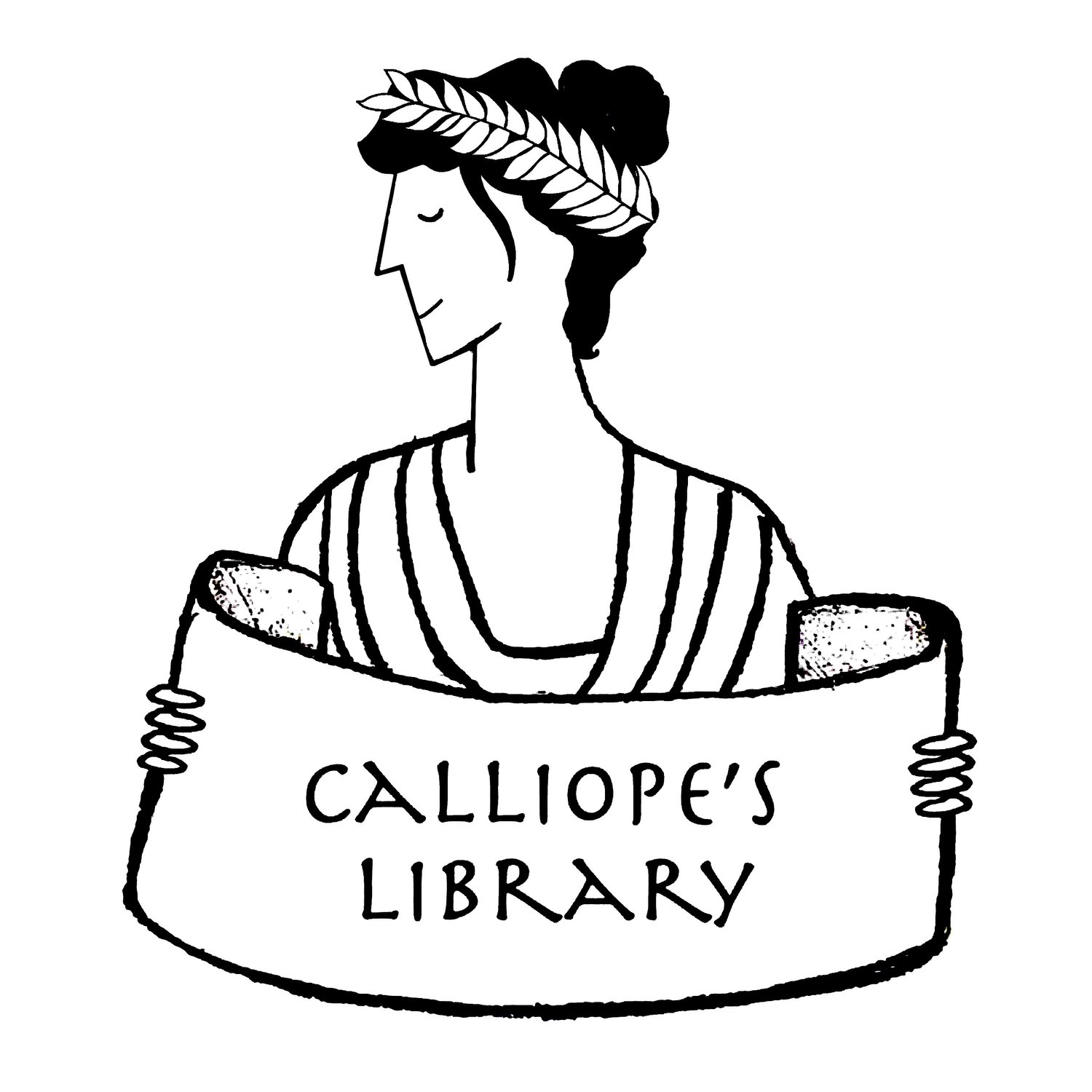Title: Diccionario de Mitos Clásicos
Author: María García Esperón & Aurelio González Ovies
Illustrator: Amanda Mijangos
Date: 2017
Tags: Middle grade, Short stories, Mythology, Mythology collection, Ancient worlds, Language: Spanish
This book is so cool, which is not something I ever expected to say about a dictionary. Even though it’s a series of stories arranged in alphabetical order, the stories are linked by visual and thematic threads. The book uses clever organization and visual imagery to connect the Roman myths to the Greek myths, to show how the Greek and Roman gods are intertwined, and even to weave ancient culture, nature, and religion into a greater whole.
The book is organized alphabetically and confines itself to a maximum of two names per letter. The limitation becomes a source of inspiration, as the authors make interesting choices about what to include. Instead of the usual collection of Gods and heroes, they focus on the characters who are often villainized, dismissed, or oppressed. For example, Medusa’s life story is present, but not Perseus’. He appears only at the end of her life, and even he sympathizes with her. Also, whenever possible, the authors emphasize the natural world, which gives the landscape a special agency. Stories about Apollo and the Muses appear in the entry for Parnassus, and the nymphs get their own entry while bigger names, like Neptune, are excluded. Each myth is told accurately, but the new perspective transforms them into original stories. It’s also exciting to see uniquely Roman myths mixed in with theGreco-Roman stories. Romulus and Remus share an entry (of course), and Janus, the Sibyl, and even the Lares are part of this collection.
Each entry begins with a poem, presumably the work of María García Esperón, the winner of the 2005 Premio Hispanoamericano de Poesía para Niños (Hispanic American Prize for Poetry for Children). The illustrations enhance the theme of connections and transformations. Illustrator Amanda Mijangos’s work is not based on ancient art, although she uses the black, orange, and white color scheme of ancient Greek vases. She uses a recurring motif of stars and threads; Arachne knits, and Zeus is a puppet controlled by destiny. The cyclops Polyphemus is represented by the starry sky encompassed in the circle of his hands. Like I said at the top, so cool. – Krishni Burns


